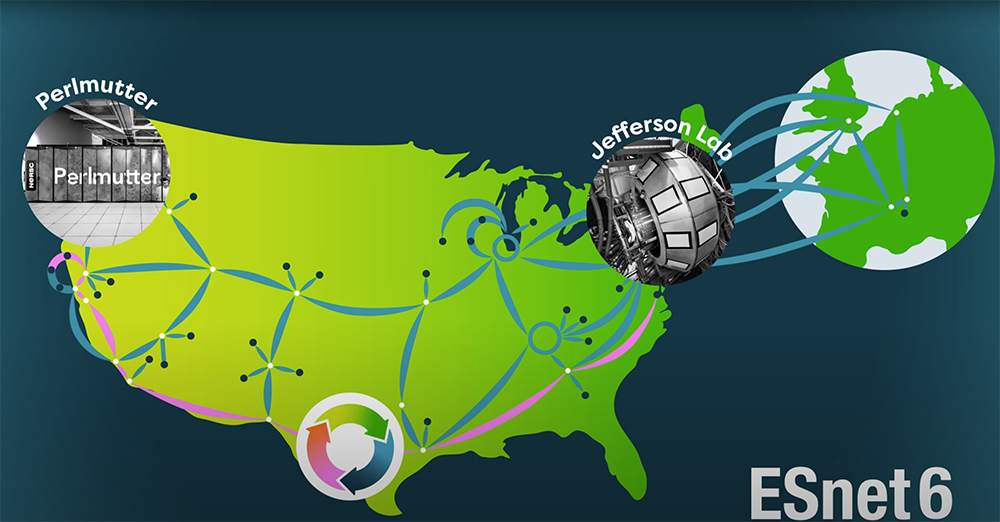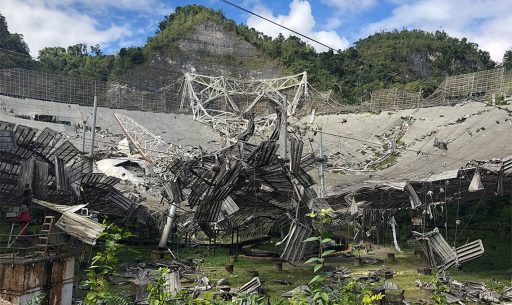Breaking new ground: ESnet streams science in real time, simplifying workflows
In April 2024, Jefferson Lab streamed and processed raw physics data in real time over 3,000 miles at 100 gigabits per second—a breakthrough for big-data science.
In April 2024, Jefferson Lab streamed and processed raw physics data in real time over 3,000 miles at 100 gigabits per second—a breakthrough for big-data science.











